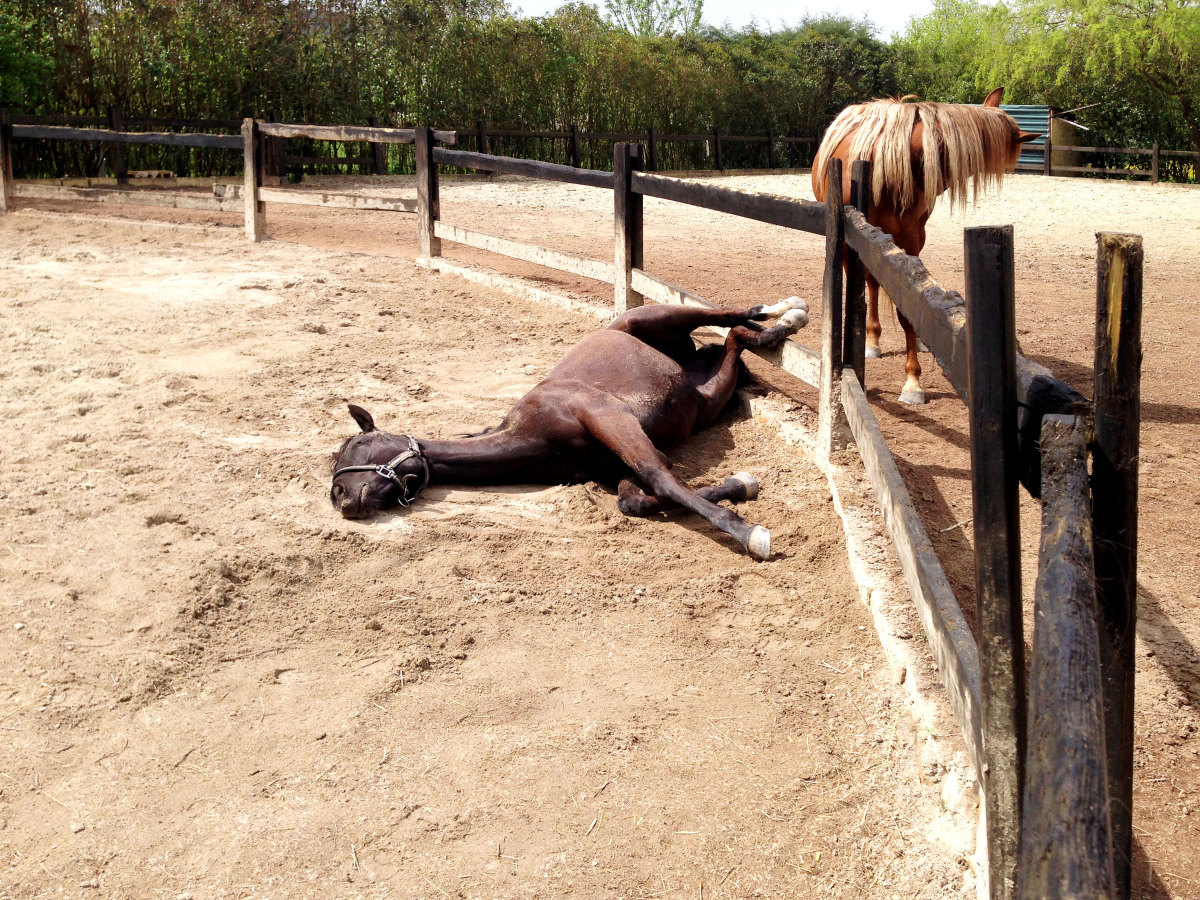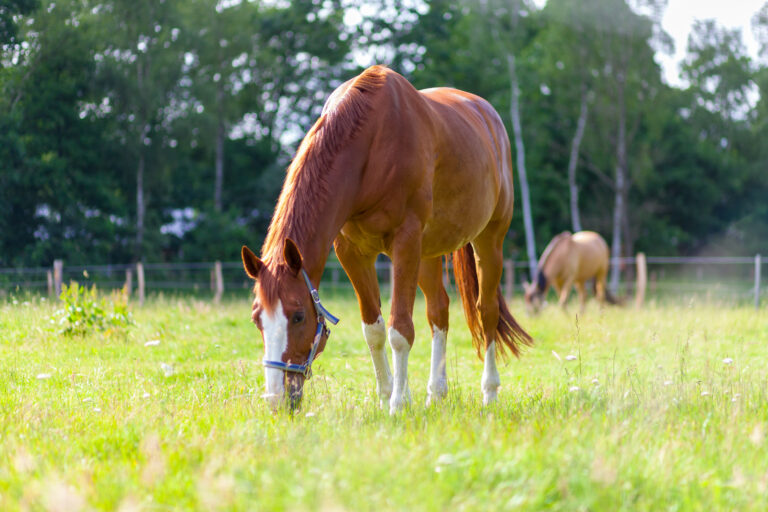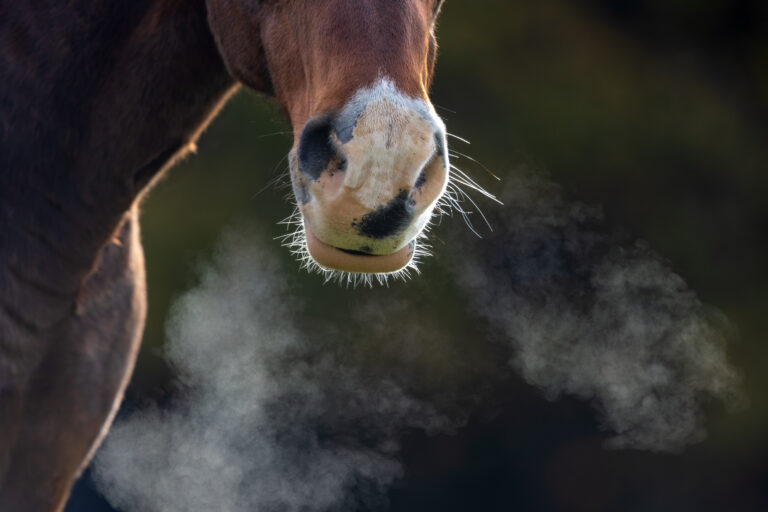
Over many decades, consistent use of a limited number of classes of anti-parasite medications has led to increasing levels of resistance by many worm populations. For at least the past 10 years, many European countries have mandated that parasite control is administered only through a veterinarian prescription. However, nearly one-third of horse owners are not using fecal analysis to determine strategies for targeted deworming. It also appears that parasite-related colic cases are increasing in Sweden. Antibodies to Strongylus vulgaris have also increased.
With that in mind, researchers investigated parasitological status of colic horses compared to horses without colic. [Hedberg-Alm, Y.; Penell, J.; et al. Parasite Occurrence and Parasite Management in Swedish Horses Presenting with Gastrointestinal Disease – A Case-Control Study. Animals 2020, vol 10, 638; doi:10.3390/ani10040638].
The prospective case-control study consisted of horses admitted to a university hospital over the span of a year for gastrointestinal disease (colic, colitis, peritonitis, weight loss) in 137 horses. Other hospital admittances of 137 horses for non-intestinal disease issues or for prophylactic veterinary services served as controls in the study. Multiple parameters were evaluated to determine parasite status of the study horses:
- Fecal analysis for small strongyle egg counts
- Anoplocephala perfoliata positive or negative testing
- S. vulgaris fecal PCR and ELISA serology
Colic in winter occurred in approximately 33% of horses presenting with gastrointestinal disease; in spring, 27% were admitted for colic. Summer cases of gastrointestinal disease numbered 15%; and in fall, 23% of admitted horses in the study had GI disease.
The deworming history of GI cases was known nearly 90% of the time, and 99% of the time for control horses. Distribution of dewormers used:
- Ivermectin 41.7%
- Moxidectin 3.3%
- Ivermectin or moxidectin combine with praziquantel 14.2%
- Fenbendazole 3.3%
Anthelmintic medication was given once a year to 12.3% of the study horses. Two to four times a year treatment occurred in 16.5%, with the bulk of this more intensive deworming given to the control horses. Roughly 46% of horse owners practiced regular fecal removal, but more than two-thirds of those removed feces less often than once a week. All horses had pasture access in summer, with similar stocking densities of both cases and controls in winter and summer.
The results yield some relevant information:
Nearly two-thirds (62.2%) of the horses were positive for S. vulgaris based on ELISA test compared to PCR fecal positive results of 5.5%. S. vulgaris is associated with non-strangulating intestinal infarction resulting in septic peritonitis. This is significant because with only fecal egg count testing, many cases of S. vulgaris are likely overlooked. Similar findings have been cited in a Sardinian and a Kentucky study with about 40% of horses being infected with S. vulgaris despite deworming 1-3 times per year. Another study in foals identified that ivermectin has little to no effect against migrating L5 S. vulgaris larvae. Horses dewormed between 6-12 months or ≥12 months had the greatest rates of S. vulgaris infection at a rate of 80%.
The authors advise that pasture management is critical to eradicating S. vulgaris in addition to appropriate anthelmintic treatment. One useful technique is to separate areas of winter and summer pasture; another is to co-graze horses with other species. Keeping stocking density to no more than 1-2 acres per horse is optimal. A significantly helpful strategy is removal of feces from pastures and paddocks at least twice weekly to eliminate as many eggs and infective larvae as possible—larvae develop within 2-3 days in warm months.
A. perfoliata, typically associated with ileocecal lesions, was positive in 16% of the study horses, with no significant difference between cases and controls. Horses with at least 12 hours of pasture or paddock access had a higher prevalence of being positive for tapeworm. In this study, there was no association between gastrointestinal disease and a positive A. perfoliata result.
Cyathostomins, while present in this study, did not necessarily cause disease other than larval cyathostominosis in younger horses. Small strongyles are typically associated with weight loss and diarrhea. While study horses that experienced weight loss or diarrhea had higher average small strongyle EPG levels compared to others in the study, it was not statistically different. There were no differences in strongyle eggs per gram between non-surgical colic cases and controls.









